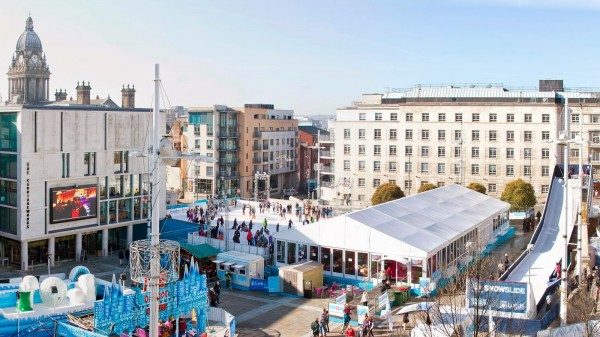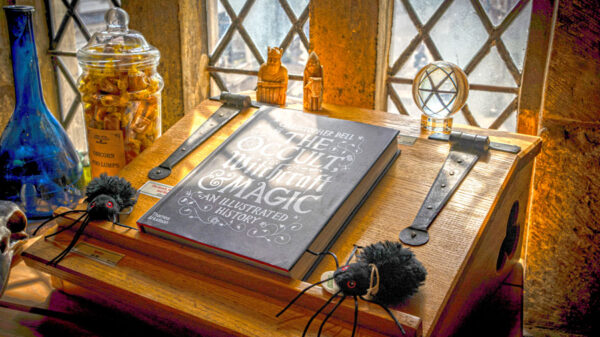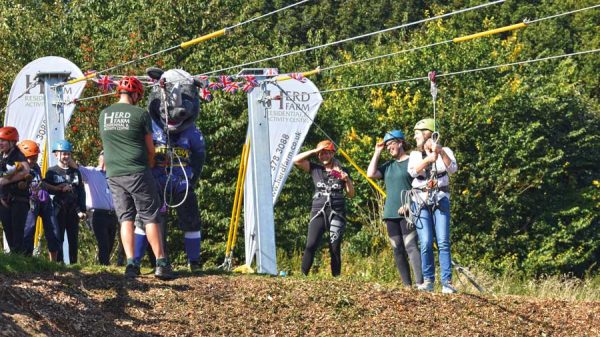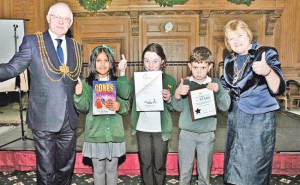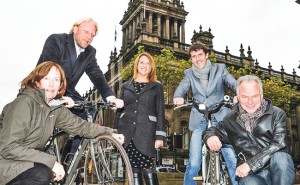The Dutch are famous for their bike riding and the bicycle has become the Dutch national icon in the eyes of the world. The Netherlands is a small country with short distances between A and B. Bicycles were affordable a hundred years ago and there were more bikes than residents. In cities such as Amsterdam and The Hague, more than 70% of journeys were made on the bicycle. For workers and the middle class alike, the bicycle became a reliable and solid means of transportation in the 1920’s, and was perfectly in keeping with how the Dutch like to see themselves: sober and hardworking and where showing off is not appreciated! Such was the popularity of the bicycle, the Dutch Government began building an infrastructure for this new means of travel, and this led to an impressive network of bicycle paths, road crossings, sign posts and bridges in later years. These today are clearly marked, have smooth surfaces with separate signs and lights, and are wide enough to allow side by side cycling and overtaking. In many cities, the paths are completely segregated from motorised traffic, and in some areas where space is short and both cycles and cars must share, signs can be seen accompanied by the words ‘Bike Street – Cars are guests.’ At roundabouts it is those that cycle who have the priority.
So popular are bikes in the Dutch households that every newly built house will have a shed for their bikes with rear access. Most children within the Netherlands grow up with a bike and even before they can walk, Dutch children are introduced to the concept of the bicycle. Children are often seen on the back of their parent’s bikes in special seats called ‘bakfiets’ or cargo bikes. The Dutch Government also plays a part in teaching too, with cycling proficiency lessons a compulsory part of the Dutch school curriculum. All schools have places to park bikes and at some schools 90% of pupil’s cycle to class.
Like in most countries, the car became important in the 1960’s, and for a while the bike became threatened. However, during the 1970’s, there was a reaction against the automobile which was demanding more and more of the Dutch space. In response, a social movement demanding safer cycling conditions was formed called Stop de Kindermoord (Stop the Child Murder). Stop de Kindermoord took its name from the headline of an article written by journalist Vic Langenhoff, whose own child was killed in a road accident. This was very successful, and cycling safety remains important in Holland today.
Here in Leeds a 14 mile ‘cycle superhighway’ that connects Leeds and Bradford was given the go ahead after a successful £18 m bid in August 2013, and is anticipated to transform the route for those who cycle between Leeds and its neighbouring city. The £18 m cash injection is part of the government’s £94m fund to promote cycling in national parks across the country. It is hoped that the new route will encourage more people to use their bikes for commuting to work, and help reduce the dependency on cars. It is also hoped to be a lasting legacy for Leeds who are due to host the Tour de France in July 2014.
